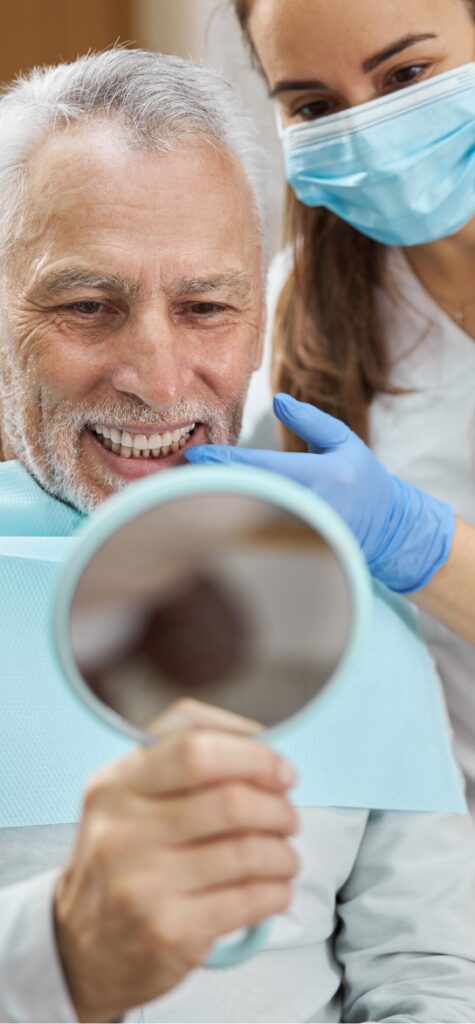- About Us
- The DIS Advantage
- Explore why DIS is a leader in dental implant solutions.
- Dental Implant Cost
- Understand the pricing & value of our implant services.
- Dr. John Hodges DDS
- Meet Dr. Hodges, our expert in implant dentistry.
- Our Team
- Get to know the skilled team behind your dental care.
- Patient Testimonials
- Read real stories of transformation from our patients.
- Dental Services
- Full Arch Treatments
- Revolutionary solutions for complete arch dental restorations.
- Individual Tooth Replacement
- Advanced options for replacing single missing teeth.
- Implant Denture Stabilization
- Enhance denture stability with implant solutions.
- Preparatory & Supplementary Procedures
- Essential procedures for optimal implant success.
- Comfortable Implant Care Experience
- Safe, comfortable sedation choices for dental procedures.
- Resources
- Patient Care and Consent Forms
- Access important forms for care and treatment consent.
- Payments and Financing
- Explore insurance coverage and flexible payment solutions.
- Warranty
- Details on our commitment to quality and care.
- Publications
- Discover Dr. Hodges’ articles, offering deep insights into dental health and implantology.
- Common Questions
- Answers to frequently asked questions about dental care.
- Patient Transformations
- Life Changing Smiles
- See beautiful smiles achieved with dental implants
- Snap-On Full and Partial Dentures
- See transformations with stabilized snap on dentures.
- Full Arch Bridges & All-on-X
- View complete smile makeovers with All-on-4 bridges.
- Missing Tooth and Small Bridges
- Before and after cases of single tooth replacements.
- How We Fix It
- Educational Videos
- Contact Us





